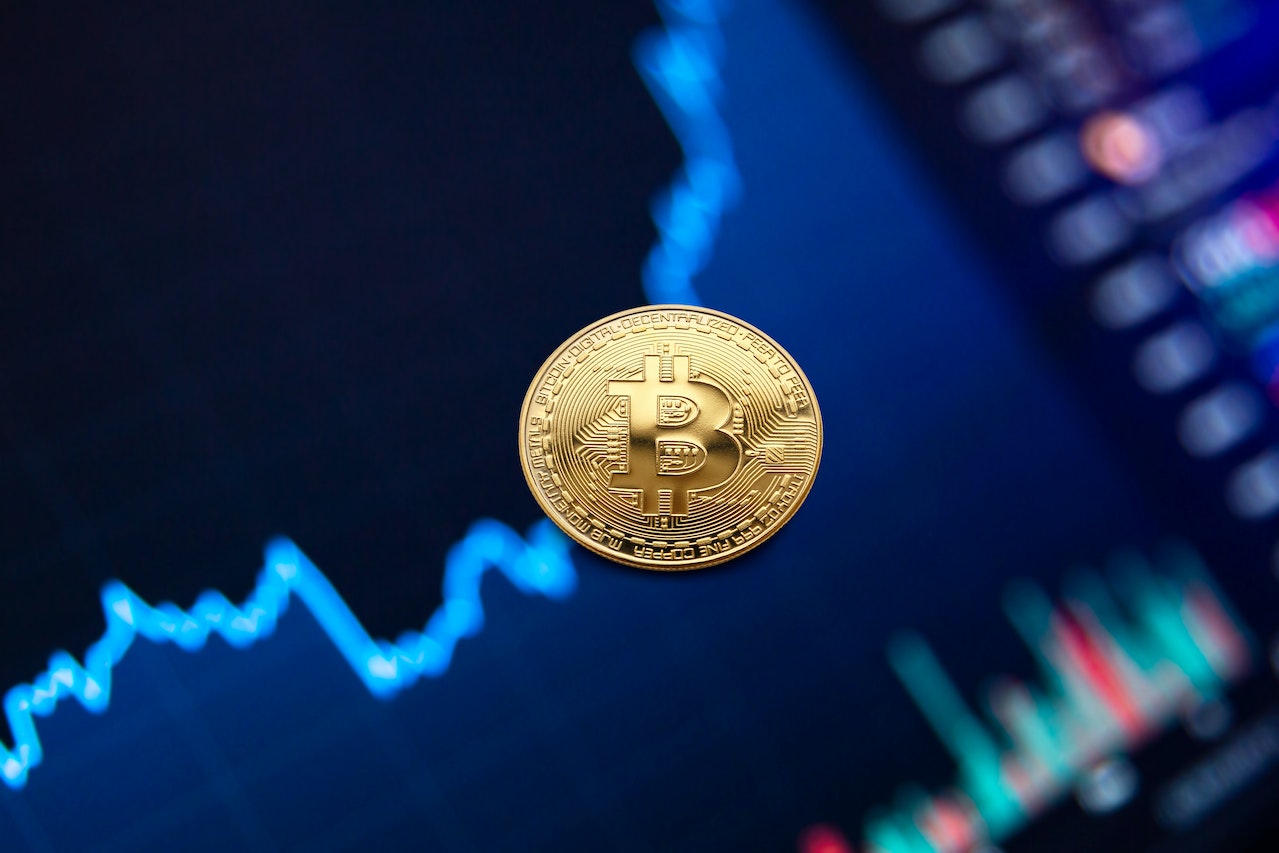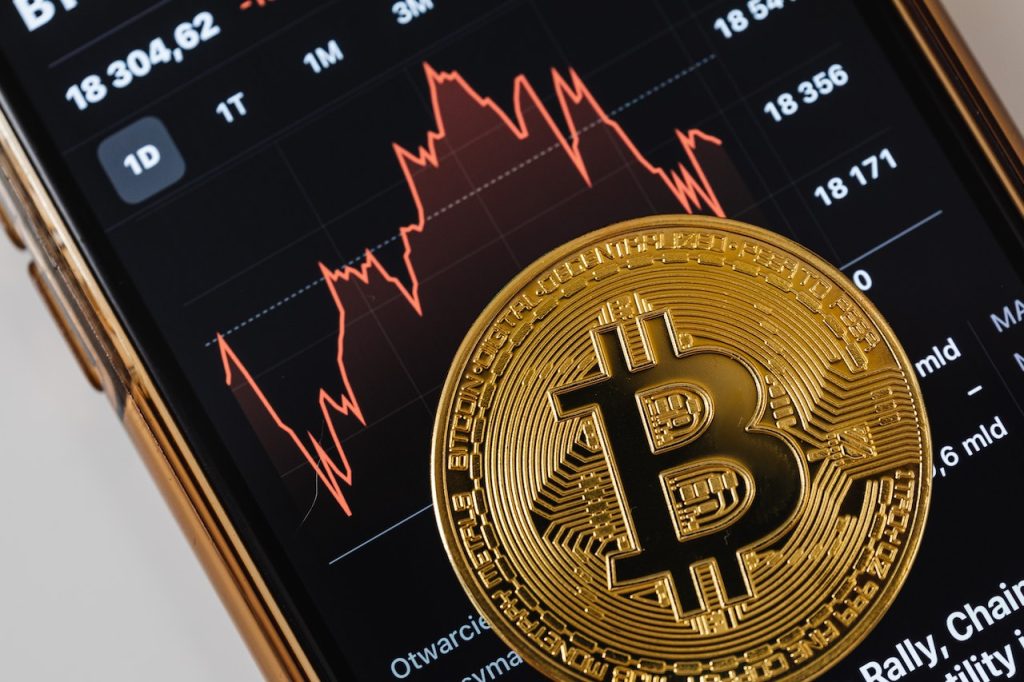
James Carter
Bitcoin Transaction Fees Surge to 2-year Highs

According to data provided by the cryptocurrency on-chain analytics company Glassnode, the average charge required to carry out a Bitcoin transaction on the network has skyrocketed to its highest level in nearly two years.
Bitcoin Transaction Fees
Since the 23rd of April, when it fell to 0.00003161 BTC, the average transaction fee has increased by more than ten times to its level of 0.00032814 BTC, which it reached on Friday.
This would imply that the transaction cost would be close to $10 at the current price of Bitcoin, which is roughly $29,600.
When compared to the average transaction price of less than one dollar on the 23rd of April (when the price of Bitcoin was hanging in the low 10 of thousands of dollars), this represents an increase of more than ten times.
Analysts believe that a renewed passion for meme coins (PEPE and other smaller meme coin rivals like SPONGE have been showing exponential gains in recent sessions) is to blame for the spike in network fees. This meme coin mania has fueled a surge in transactions linked to so-called BRC-20 tokens, which has led to a spike in network fees.
Having drawn its motivation from the extremely prosperous ecosystem of ERC-20 crypto tokens that already exists on the Ethereum platform, this project has taken off.
Since it was first introduced in March, blockchain, the experimental new BRC-20 token standard, has been causing quite a commotion in the Bitcoin community.
Users are given the ability to issue and transfer fungible tokens via the Bitcoin network, thanks to the standard.
The mania for BRC-20 has resulted in more than simply an increase in network rates.
Earlier this week, the average number of daily Bitcoin transactions reached a new all-time high of approximately 680,000.
In the meantime, rising transaction fees are luring Bitcoin miners online.
This past week, the hash rate of the Bitcoin network reached an all-time record level of approximately 440 Exahashes per second.
As the popularity of BRC-20 continues to rise, it appears that more people are joining the network.
The number of addresses that have a balance that is greater than zero in Bitcoin has now broken the previous record of 46 million.
Where Next for the BTC Price?
Long-term support for the world’s biggest cryptocurrency by market capitalization should come from signs of strength in the Bitcoin network as its “use case” is said to grow as the BRC-20 movement grows. This is because the rise of the BRC-20 movement is a sure sign that Bitcoin’s “use case” is getting bigger.
On the other hand, in the short term, it seems that the Bitcoin community is more concerned with macro and technical aspects.
In regard to the latter, the fact that the Fed’s cycle of rate tightening now seems to be finished and that a cycling of rate reduction is likely to start later this year, in addition to the fact that the US financial crisis seems to be snowballing, suggests that risks seem to be tilted toward the upside for Bitcoin in the near future.

Since March, Bitcoin has derived a safe-haven bid from financial stability worries, given the increased demand for “hard-money” alternatives to traditional currencies (which is why gold has rebounded back to close to record highs). Bitcoin normally performs well in a climate of relaxing financial conditions.
In the meantime, the technicals for Bitcoin’s near-term outlook also look strong.
Since the middle of April, the cryptocurrency’s price has been contained behind a pennant structure, which it is currently attempting to break out of in a positive direction.
In the following few days, if Bitcoin manages to break and maintain over $30,000, the door should be open for a quick surge back to yearly highs in the $31,000s and beyond.
Latest
Bitcoin
09 May 2024
Bitcoin
19 Apr 2024
Bitcoin
16 Jan 2024
Bitcoin
31 Aug 2023
Bitcoin
24 Jun 2023
Bitcoin
24 Jun 2023













